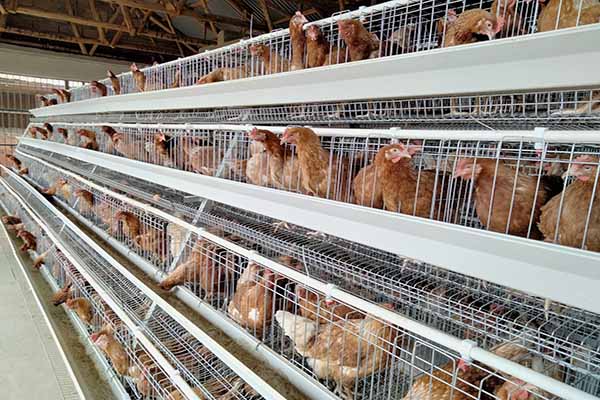Layer Cage Farming vs. Free-Range Farming: A Comprehensive Comparison
Introduction
In the poultry industry, layer cage farming and free-range farming are two prevalent methods used for raising chickens for egg production. Both approaches have their advantages and disadvantages, which can significantly impact the success and sustainability of a farming operation. This article will provide a detailed comparison of layer cage farming versus free-range farming, considering factors such as productivity, animal welfare, and financial aspects.
Productivity
Layer cage farming involves confining hens in battery cages, providing them with limited space and controlled environment. This method generally yields higher productivity, with the average egg production per hen ranging from 280 to 320 eggs per year. In contrast, free-range farming allows hens more space to roam and forage, which can lead to lower egg production per hen, typically around 250 to 300 eggs per year. However, free-range farms can produce more eggs in total due to higher hen numbers.
Animal Welfare
Animal welfare is a crucial aspect of any farming operation. In layer cage farming, hens are confined to a limited space, which can lead to stress and health issues. Free-range farming provides hens with a more natural environment, allowing them to exhibit their natural behaviors and engage in social interactions. Studies have shown that free-range hens generally have better health, less stress, and higher quality eggs.
Financial Aspects
The financial aspects of both methods can vary depending on the farm’s size, location, and other factors. Layer cage farming often requires a higher initial investment in equipment and infrastructure, but the operational costs are relatively low due to the high productivity. Free-range farming generally has a lower initial investment but higher operational costs, mainly due to feed and labor expenses.
Environmental Impact
Free-range farming is considered to be more environmentally friendly than layer cage farming. It requires less energy and water for production and produces less waste. Additionally, free-range farming promotes biodiversity and reduces the risk of antibiotic resistance.
Conclusion
Both layer cage farming and free-range farming have their unique advantages and disadvantages. The choice between the two methods depends on various factors, such as the farm’s goals, resources, and environmental impact. As a professional SEO, we understand the importance of choosing the right farming method for your business.
For further assistance, feel free to contact us for a free, no-obligation chicken farming design and equipment quote.
, , , , , , , , , 




